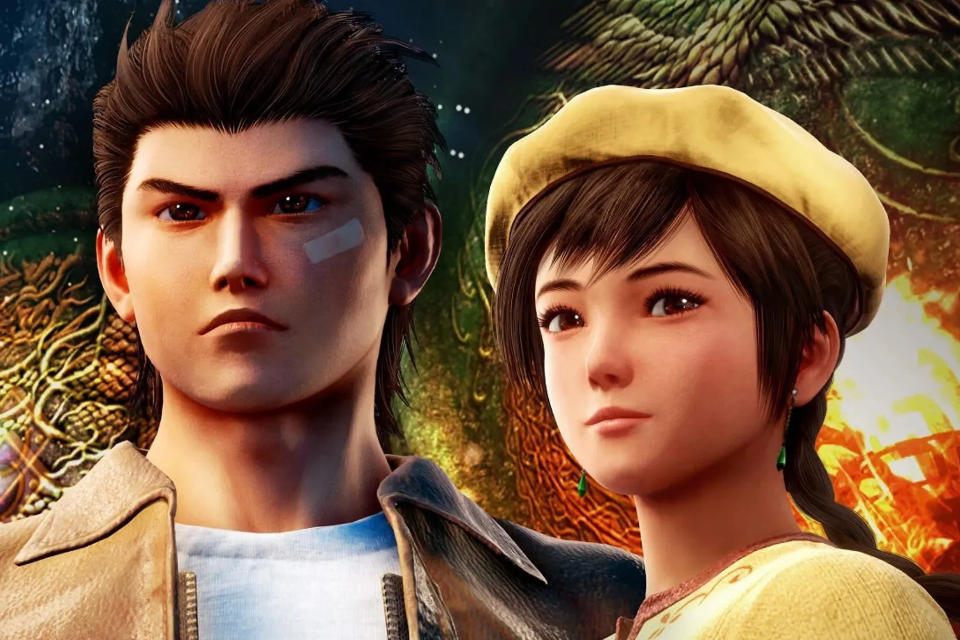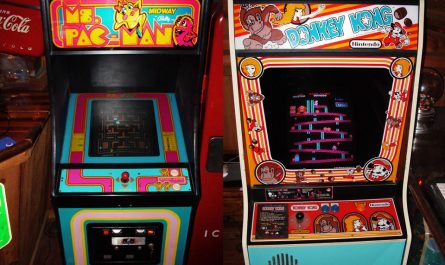Released for the Sega Dreamcast in Japan in 1999, and the next year for Western audiences, Shenmue is one of the most polarizing video games in history. Conceived by the legendary Yu Suzuki, it is beloved by many for its immersive environments and ingenuity but criticized for its pacing and voice acting.
The plot takes place in 1986 and 1987, revolving around 18-year old Ryo Hazuki, a student and martial artist from Japan whose father is murdered in the opening scene. Ryo then begins a quest for revenge, asking questions and gaining information into just who the murderer was and why he targeted Ryo’s father. Along the way, Ryo encounters many colorful characters, further develops his martial arts prowess, and stops to buy capsule toys.
While Shenmue has had many setbacks, both prior to and after release, the game earned itself an anime and two sequels, but it took a long time to get the most recent one. Let’s take a look at some facts about Shenmue.
1. It began its life as Virtua Fighter RPG for the Sega Saturn.
Shenmue is considered one of the greatest games on the Dreamcast, but that was not its intended platform nor even its intended name. In 1993, Yu Suzuki took a pilgrimage to China to research environments for a sequel to his game, Virtua Fighter. However, his trip inspired him to create something entirely different.
Once Virtua Fighter 2 had been completed, he started work on Virtua Fighter RPG, a spinoff of the Virtua Fighter series starring a young version of the character Akira Yuki. It was being developed for Sega’s at-the-time current hardware, the Saturn.
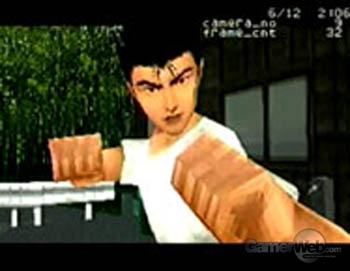
By 1998 it had become clear that the Saturn was not powerful enough for Yu Suzuki to fully realize his vision, so production had shifted to Sega’s upcoming Dreamcast. Around this same time the scope also shifted away from a Virtua Fighter tie-in to a completely unique story altogether, codenamed Project Berkeley and eventually released as Shenmue. No playable copy of the Saturn version of Shenmue is known to exist, though footage can be found online.
2. The story is meant to contain 11 chapters.
Most video games – especially the first in a series – give the player closure, perhaps leaving a few threads unknotted for the sake of a potential sequel. Shenmue, on the other hand, took a big risk. At the end of the first game, Ryo gets on a boat heading to Hong Kong to continue his journey. He does not defeat or even fight his main enemy. He actually ends up with more questions than answers.
At the 2014 Game Developer’s Conference, creator Yu Suzuki revealed that Shenmue was meant to span 11 chapters, based on his own pilgrimage through China. He revealed concept art for each of the 11 chapters. Fans observed the plot points from the first two Shenmue games were covered only by the first four cards.
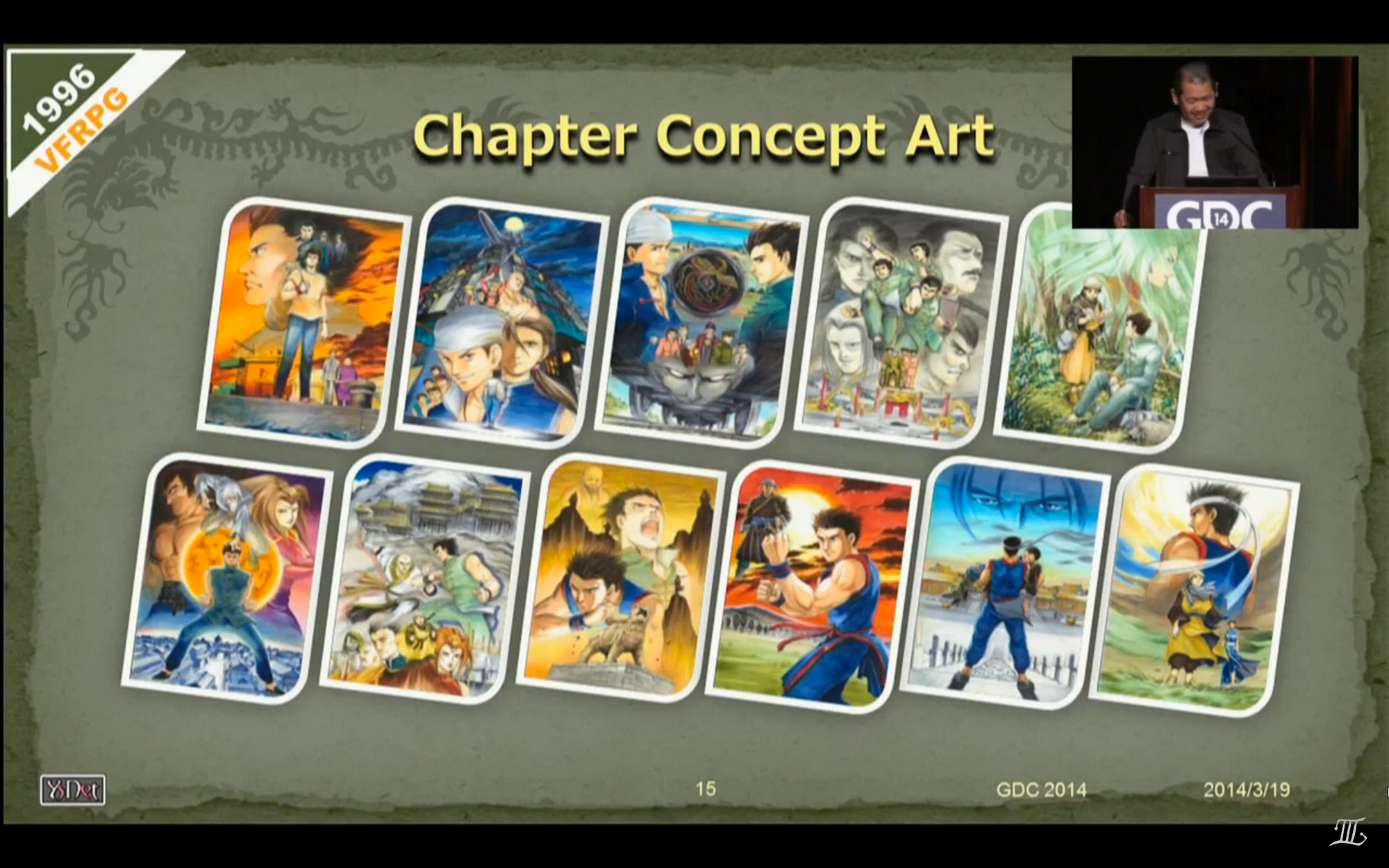
Following the release of Shenmue III, elements from the fifth and sixth cards were evident, showing that Yu Suzuki was still committed to his original vision. With roughly five cards remaining, it would require at least two more titles in the Shenmue series for the story to reach its conclusion.
3. Upon release, it was the most expensive video game ever made.
Between development and promotion, it is estimated the original Shenmue cost up to $70 Million. This shattered the previous record-holder – Final Fantasy VII – by as much as $30 Million. Yu Suzuki revealed later that parts of Shenmue II were developed concurrently with the first game, so that may skew the numbers a bit.
In 2023, Shenmue is no longer even one of the 10 most-expensive games ever created. The record is currently held by Star Citizen which, despite not yet being released, has racked up over $400 Million in development costs over the course of its decade-long production.
4. Every character has a pre-programmed routine.
It is difficult to place Shenmue neatly into a single genre. Some refer to it as an RPG, others as an action-adventure title, but its most devoted fans are particularly entranced by its life-simulation elements. Not only does Ryo have his actions limited by the flow of time, but every NPC – and there are over 300 of them – has a pre-programmed routine.
For example, a character may leave their specific house in the morning, walk to the park, sit there until the afternoon, walk to a restaurant, sit down and eat, and walk home shortly after nightfall. Additionally, every single one of these characters has a unique name, backstory and has had voice lines recorded.
5. The settings are based on real places.
The original Shenmue takes place in Ryo’s hometown of Yokosuka, Japan. This is a real place, complete with the Dobuita Street market. Fans often visit the real Yokosuka and discover just how true-to-detail the game really is.

Yokosuka has a lot of Western influence, which can be observed with characters like Tom who runs the hot dog stand. This is because the real Yokosuka is home to a United States naval base.
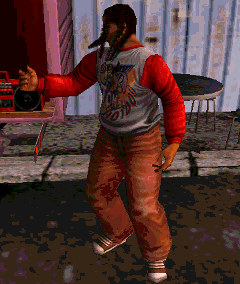
In Shenmue II, Ryo visits Hong Kong, including the Kowloon Walled City. Kowloon was demolished in 1993, but in 1987 when Shenmue II takes place, it was correctly depicted as a haven for gang activity, gambling and extremely unsafe buildings. Shenmue III finds Ryo in Guilin, China. One of his stops is a harbor town called Niaowu, modeled after the real-world Phoenix Town in Guilin.
6. A game called Shenmue Online was canceled.
Two entries to the Shenmue series were released on the Sega Dreamcast. Shenmue II was ported to the Microsoft Xbox, but no new game in the series was released until Shenmue III in 2019 – 18 years after II. However, a Shenmue game was announced during this long period: Shenmue Online.
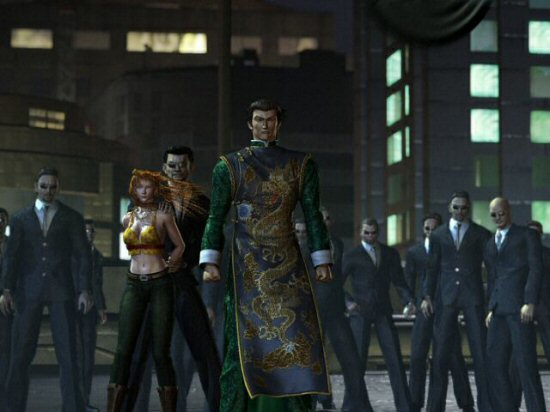
As the title may suggest, Shenmue Online was intended to be an online, multiplayer spinoff of the main Shenmue series. The role Shenmue Online would play for the series was never full revealed, and the few gameplay teasers released to the public were not received well. Technically the game was never formally canceled, though most major gaming news outlets consider it so since no news about it has surfaced since 2007.
7. Ryo has appeared in other games.
While Ryo Hazuki may not be as recognizable as some of Sega’s other mascots (particularly the blue blur himself, Sonic the Hedgehog), Ryo has made appearances in a small handful of games that were not in the Shenmue series. His most well-known appearances were in Sonic & Sega All-Stars Racing and its sequel where Ryo could compete in a forklift or a motorcycle.
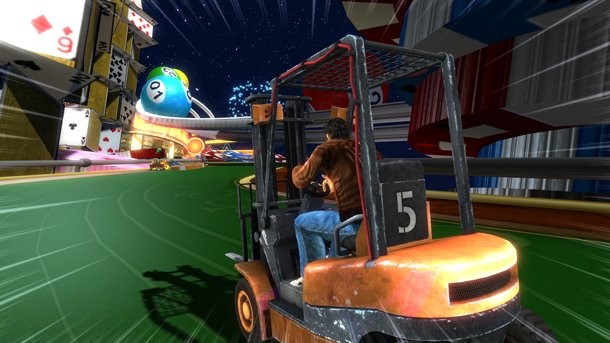
Ryo also appeared in Project X Zone on the Nintendo 3DS and, hilariously, in ESPN NFL Football on the PlayStation 2 and Xbox.
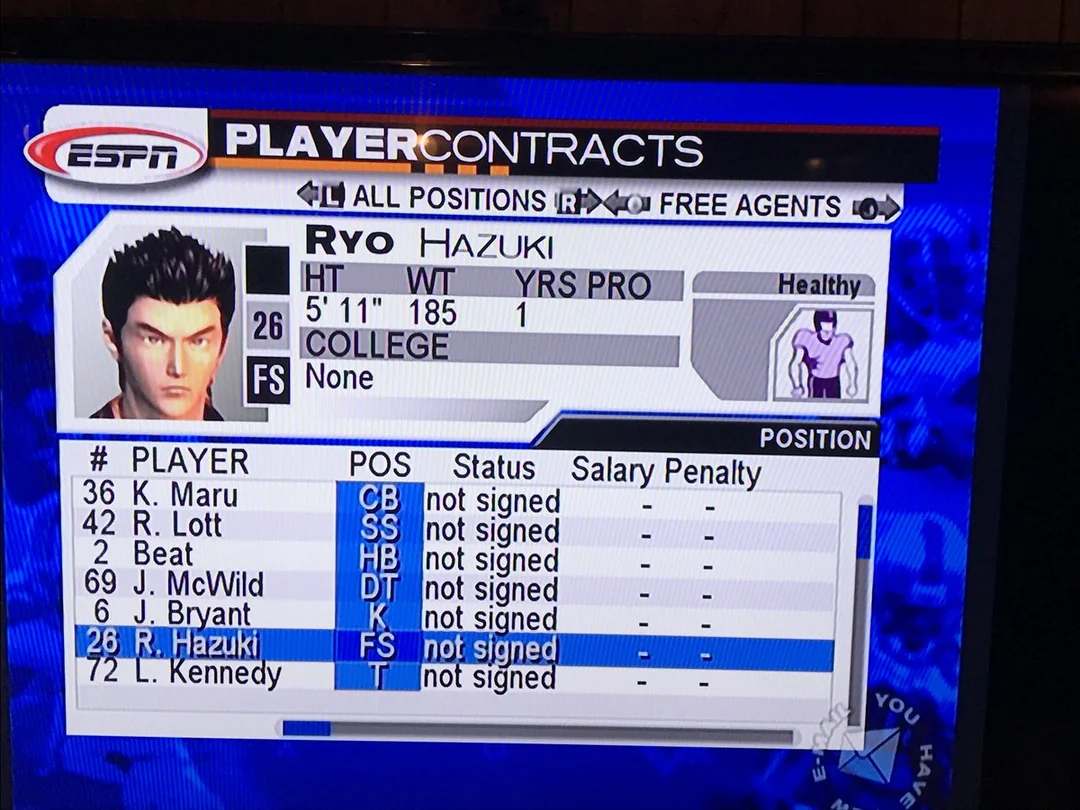
8. Shenmue III was the fastest-funded video game Kickstarter of all time.
In 2015, more than 14 years after Shenmue II was released, Shenmue III was announced during Sony’s press conference at E3 2015. Sort of. It was not announced that the game was in development, rather that Yu Suzuki had begun a campaign on the fundraising website, Kickstarter, to get Shenmue III off the ground at long last.
The campaign took only 7 hours to reach its goal of $2 Million. By the end of the month-long campaign, the Kickstarter had raised more than $6 Million. It was both the highest-funded and fastest-funded video game Kickstarter in the history of the platform.
9. It has a dedicated fan base.
Needless to say, for a fan base to wait 14 years and still clamor to fund a Kickstarter in a number of hours, a game must have a truly meaningful impact. Fans never gave up hope for the series, Tweeting #SaveShenmue on the third of every month. Since the release of III, these hashtags have changed to #LetsGetShenmueIV with hopes of continuing and finishing the series, finally getting closure for Ryo.
These efforts are led by fan communities such as Shenmue Dojo, Shenmue Forever and Shenmue 500K among others. Shenmue Dojo in particular has committed to releasing a magazine called Shenmue World. In the early 2000s, a group of young filmmakers created Shenmue: The Gang Edition, a trilogy of films based on (and often parodying) the series, which still get views to this day.
Someday Ryo will reach the end of his journey, and no matter how gray and arthritic these loyal fans are by that point, they will support it in any way they can.

